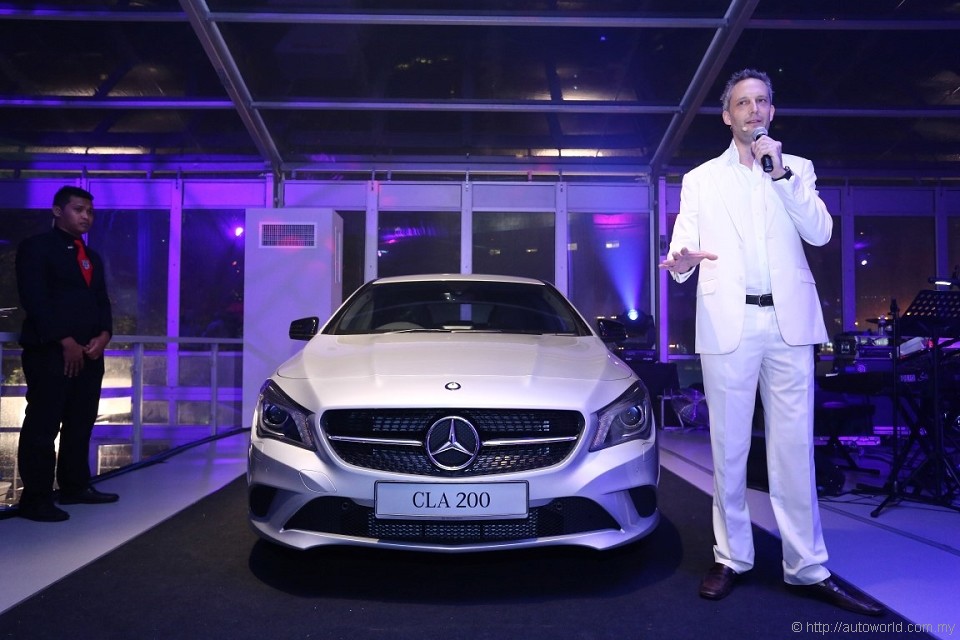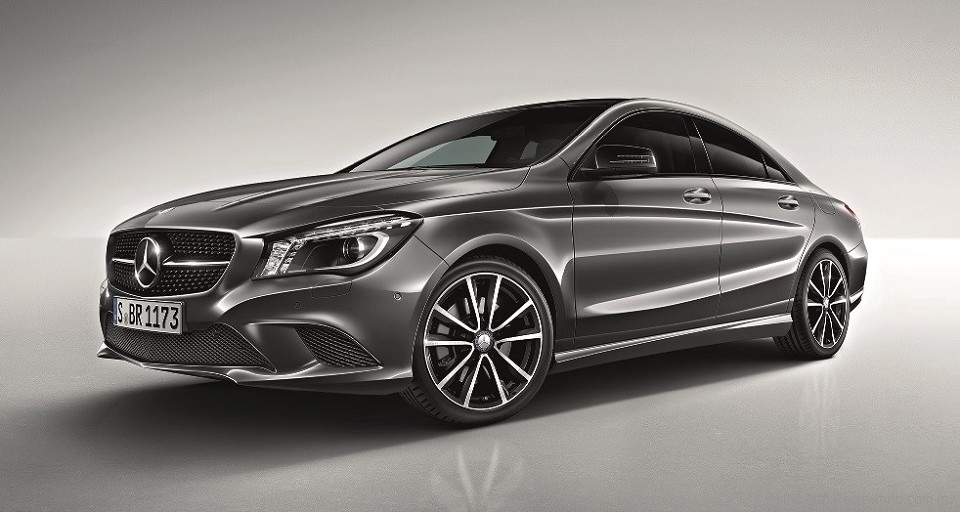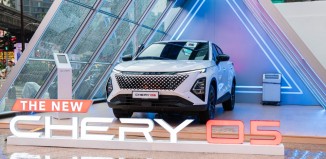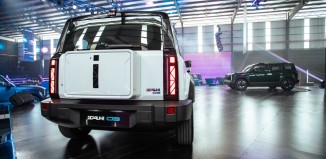Mercedes-Benz Introduces New CLA in Malaysia
Mercedes-Benz Malaysia launched the new CLA last weekend at the Petronas F1 party held in conjunction with the 2014 F1 race at SIC. The CLA is a four-door premium coupe that is based on the same platform as the A200. “The CLA is a car that does not confuse mid range with mediocrity. Its powerful design underscores the sporty side of the Mercedes-Benz brand,” says Kai Schlickum, Vice President, Sales & Marketing, Passenger Cars at the new CLA-Class launch event.
The CLA is fitted with a 156 horsepower turbo-charged 1.6 litre direct injection engine producing 156 horsepower and 250Nm of torque. Drive is to the front wheels through a 7-speed dual clutch automatic transmission. Inspired by the CLS design, the CLA is a smaller version with the same design language, the overall effect being a very sporty-looking car with an exciting shape that will appeal more to the younger set.
Acceleration from zero to 100km/h is claimed at 8.5 seconds, while fuel consumption is claimed to be frugal at 5.2 to 5.5 litres per 100 kilometres in combined mode. In accordance to the new consumption figures, the fuel tank capacity is now 50 litres. An ECO start/stop feature is also included.
In terms of size, the CLA is actually wider than the current C Class by 7mm (1777mm) and is longer by 49mm (4630mm), but the wheelbase at 2699mm is shorter by 61mm. With the expected new C Class (expected to be launched later this year) to take on even larger dimensions and an expected higher selling price, the CLA at RM 235,888 could take up the slack, if any, for those who want a mid-sized Mercedes sedan.
The new CLA comes with technologies that set new standards for cars in this segment. This includes a CD of 0.24, which is contributed greatly to by under body panelling that optimizes the air flow underneath the car.
Collision Prevention Assist comes as a standard feature – this radar-based assistance system provides the possibly distracted driver with visual and acoustic warnings of identified obstacles and prepares the adaptive Brake Assist system for precision braking. Braking is initiated as soon as the driver steps emphatically on the brake pedal. When an impending danger of collision is identified, the COLLISION PREVENTION ASSIST system calculates the precise braking force ideally needed to avoid an accident and makes the best possible use of any distance remaining. As a new feature, COLLISION PREVENTION ASSIST affords protection from typical rear-end collisions in dangerous traffic situations in the CLA from a speed of only 7 km/h (previously: above 30 km/h)
Numerous driving assistance systems offer support in the CLA and reduce the driver’s workload. Standard-fit features for the coupé include ATTENTION ASSIST drowsiness detection and radar-based COLLISION PREVENTION ASSIST with adaptive Brake Assist, which now helps to protect the CLA from collisions from a speed of only 7 km/h (previously: above 30 km/h). Active Parking Assist enables automatic parking in lengthways and crossways parking spaces.
The chassis of the CLA features a McPherson front axle and an independent multilink rear suspension, featuring three control arms and one trailing arm per wheel. This means that longitudinal and lateral dynamics are virtually independent of one another. A CLA-specific feature is the flexible decoupling of the rear axle carrier, which benefits ride comfort. Wheel carriers and spring links are made of aluminium, in order to reduce un-sprung weight. Two chassis and suspension set-ups are available: the comfort suspension and the optional sports suspension for sporty yet comfortable handling. The latter entails lowering of the body by 15 mm (front) and 10 mm (rear).
Irrespective of the selected chassis, all CLA variants come with the Direct Steer system. This electromechanical power steering offers improved feedback to the driver in comparison to conventional systems and makes an important contribution towards overall efficiency, as the steering assist function only requires energy when the steering wheel is actually turned. Additionally it enables various steering assistance functions which are activated by the ESP® control unit. These include counter-steering in case of over-steering, corrective steering when braking on road surfaces offering different levels of grip (split-friction braking), mitigation of the extent to which the front-wheel drive influences the steering and compensation for crosswind and road gradients.

























